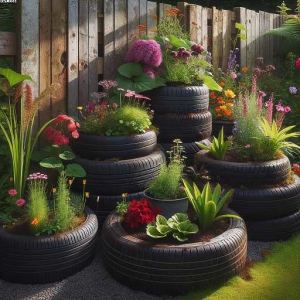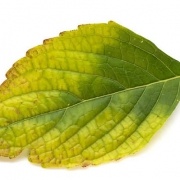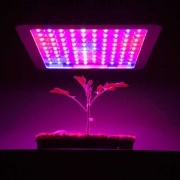Friendly Bugs-ladybird
Friendly Bugs-ladybirds
Friendly Bugs-ladybirds
I must confess that this is one of the great and important parts of gardening and growing plants in general. Knowing that many of these little blighters that try to ruin our crops have a natural enemy These little predatory insects have one aim in life! to set out and destroy the very pests that we dread every growing season. Knowing who your little friends are will help you protect your precious plants during the growing season.
If a strong enough army can be assembled of these little creatures, then chemicals can be kept to a minimum.
Friendly bugs aid a natural balance
Most gardeners and growers are also interested in the rest of the natural world. This goes without saying!
Nature has a wonderful way of balancing things out. Also known as “predator and prey,” So ensuring that things in nature can balance things out Well, this also applies to creatures that can help us in the battle against garden pests. Generally, neither will wipe the other out completely, and so the balance of life is maintained.
One species will outgrow the other and vice versa. The commonest of these is the well-known “ladybird.” The ladybird is also known as the “ladybug” in many parts of the world and is a member of the “coccinellid species”
Of course, the ladybird is a well-known devourer of the aphid and scale insect families. These common pests can make a mockery of our new and precious plants. Indeed, many members of the ladybug family will lay their eggs directly in a colony of aphids. thus providing instant food for the developing larvae as the eggs begin to hatch. The world-wide family of the ladybird is huge! with almost 6,000 different members of the species.
Spring ladybird collection days
I often take a glass container with a lid and go out collecting these little creatures on a warm spring day. Luckily, we have some rough land covered in scrub near our local railway line. This is a great place to look for ladybirds emerging from hibernation. The ladybirds frequent the warm, sun-drenched embankments and are easily collected.
On arriving home I let them make their own way out of the glass jar and let them forage for the dreaded aphids. of course to eat!
Here in the UK, we are blessed with about 46 species of ladybirds. all with differing patterns and body sizes. So, these little creatures come in many colours and spots. including red, yellow, orange, and black. When I was a kid, the most common ones were the ones that were red with black spots.
We always thought that the yellow and black ones were somehow poisonous. Hence, keeping well away from them and do not make contact with them. The red ladybird with seven black spots was the most communist, and it’s still around in 2021.
Harlequin ladybird now the most common in the UK-Friendly Bugs-ladybirds
However, a relatively new type of ladybird is now taking over as the number one contender. Known as the “harlequin ladybird,” Unfortunately, the harlequin is killing other popular species. I must admit that there has been an increase in the so called poisonous ladybugs of my childhood.
This particular type of ladybird comes in different disguises. They can be black with red spots to orange with white spots. Fortunately, they all have the same aim in life, which is, of course, to find and eat aphids and their associates.
Incredibly, there is a blue-coloured ladybug! This is known as the “steel-blue ladybird” and comes from Australia and New Zealand. This species is also a voracious eater of scale insects and aphid populations. Particularly beneficial to citrus growers, assisting with the common “scale insect” infections of the fruit crop.
I have seen what I thought was a blue ladybird. However, it was more likely to have been a “blue mint beetle,” which is very similar in size to a ladybird but feed on green vegetation and not aphids.




